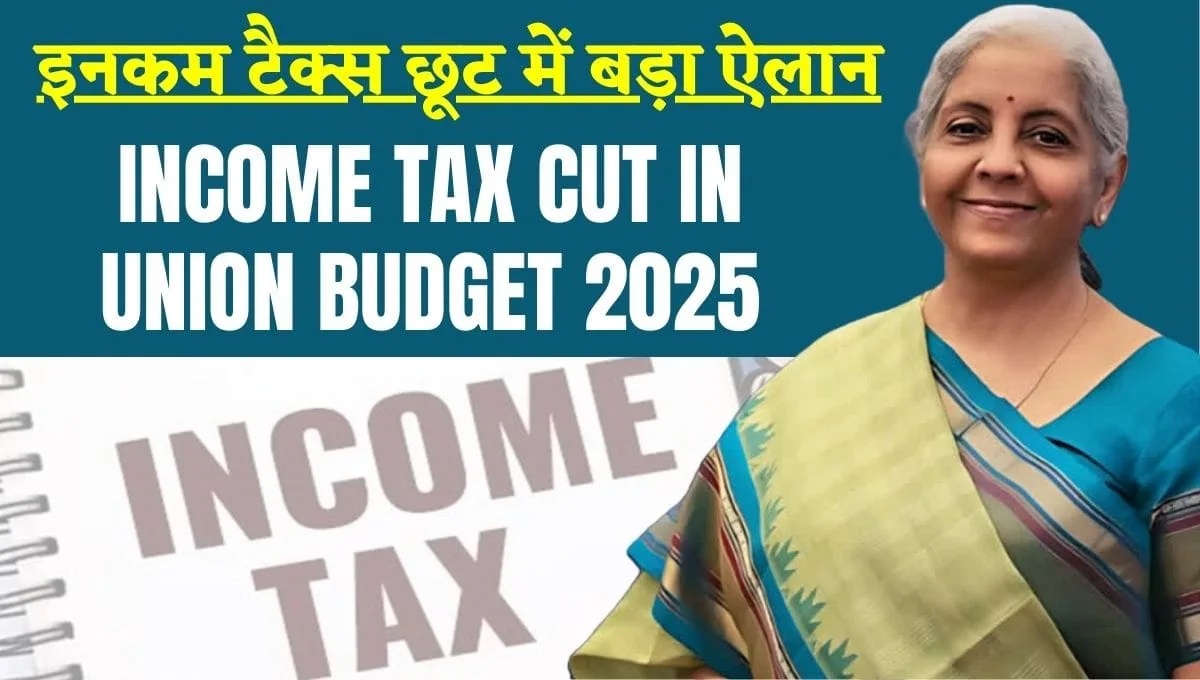Income tax cut in Union Budget 2025: The fifth-largest economy in the world, India’s, grew by just 5.4% during the July–September quarter, the slowest pace in nearly two years. Household budgets have been further strained by high food inflation, which has reduced disposable incomes and slowed spending on items like appliances, cars, and personal care items. Lowering income taxes for those making up to Rs 15 lakh a year could be a huge help to the middle class, who are especially impacted by growing living expenses.
Increased middle-class wealth could stimulate consumption and boost demand in important industries. The Reserve Bank of India (RBI) said in the minutes of its most recent policy meeting that “high prices are the source of demand slowdown in India, and matching inflation to the central bank’s 4% target is vital to guaranteeing sustained economic growth.”
Concerns of stakeholders before the Union Budget 2025
Many stakeholders have expressed their expectations for major reforms during pre-budget consultations. Economists have advocated for targeted export-boosting interventions, rationalization of customs tariffs, and a decrease in income tax rates. They also emphasized the significance of public spending and job creation. Economists emphasized specific steps to match education and skill development with market demands in a recent meeting with Prime Minister NarendraModi.
Tax reform proposals have also been submitted by industry associations like CII, FICCI, and PHDCCI. These include lowering TDS provisions, establishing a dispute resolution process, and streamlining the capital gains tax regime. For the Goods and Services Tax (GST), CII proposed “GST 2.0,” which would include a three-rate structure and a greater variety of input tax credits. During its prolonged session in Karnataka, the Congress Working Committee (CWC) urged the government to give middle-class tax relief and income support to the impoverished.
Sitharaman’s FY25 Budget Tax Reforms
Sitharaman made several changes in Budget 2024-25, including easing tax slabs for incomes up to Rs 10 lakh, improving standard deductions for pensioners and salaried individuals, and raising employer NPS contribution deductions for workers in the private sector. Although these reforms may have offered some respite, analysts think more action is required to address the stagnation in consumption. Tax rate reductions may persuade taxpayers to choose the more straightforward, exemption-free tax system that was implemented in 2020, which would simplify compliance.
- A tax cut might boost middle-class spending confidence and stimulate consumption, but it could also result in revenue shortfalls, which would make the government’s budgetary calculations more difficult.
- As India approaches Viksit Bharat 2047 and the countdown to Budget 2025 commences, all eyes are on Sitharaman to present a budget that tackles inflation, increases consumption, and meets the goals of various stakeholders, especially the “aamaadmi.”
- $1800 Increase in Social Security: Is this true? Are you eligible? Know Eligibility & Payment Date
- Free Laptop Yojana 2025 Application Form, Apply Now at shikshaportal.mp.gov.in
What’s current regime?
Indian taxpayers can now choose between two regimes: the older one, which provides exemptions for costs such as insurance and housing rentals, and the newer one, which offers lower tax rates but does away with the majority of the exemptions.

